The Greek islands cast a powerful spell on travelers with promises of azure waters, whitewashed architecture, and mythical sunsets. While Santorini has dominated social media feeds and travel magazine covers for years, its overwhelming popularity has transformed the experience in ways that many visitors find disappointing.
Just a short ferry ride away, Naxos offers a more authentic, affordable, and enriching Greek island experience without sacrificing beauty or charm. Here is a list of 20 compelling reasons why your next Aegean adventure should bypass crowded Santorini in favor of its magnificent neighbor, Naxos.
Pristine Beaches That Stretch for Miles

Santorini’s volcanic beaches, while dramatic with their black and red sand, offer limited coastline and uncomfortable rocky shores. Naxos boasts over 30 miles of stunning sandy beaches, ranging from developed stretches with amenities to hidden coves accessible only by foot or boat.
The southwestern coast presents an almost unbroken golden shoreline where crystal clear waters gradually deepen, creating perfect swimming conditions for families.
A Living Agricultural Tradition

While Santorini’s landscape has been largely converted to tourism infrastructure, Naxos maintains its status as the Cyclades’ agricultural heartland. Fertile valleys produce exceptional cheese, potatoes, citrus fruits, and olives.
Driving through the interior reveals a patchwork of small farms, vineyards, and olive groves where traditional farming methods continue. This agricultural heritage translates directly to superior dining experiences featuring genuinely local ingredients.
Like Travel Pug’s content? Follow us on MSN.
Authentic Village Life

Santorini’s formerly authentic villages now function primarily as backdrops for wedding photos and luxury accommodations. Naxos preserves dozens of mountain villages where daily life continues much as it has for centuries, with elderly residents gathering in platias, donkeys carrying supplies along narrow paths, and local festivals unfolding without tourist audiences.
Villages like Apeiranthos maintain distinctive architecture, dialects, and customs unique to their communities.
Dramatic Mountain Landscapes

While Santorini offers caldera views, Naxos delivers diverse landscapes, including Mount Zeus (Zeus/Zas), the Cyclades’ highest peak at over 3,000 feet. Hiking trails network across the island, connecting marble quarries, ancient sites, and breathtaking vistas across multiple islands.
The varied terrain supports ecosystems ranging from fertile valleys to rocky highlands, creating visual diversity missing on smaller islands.
Remarkable Ancient History
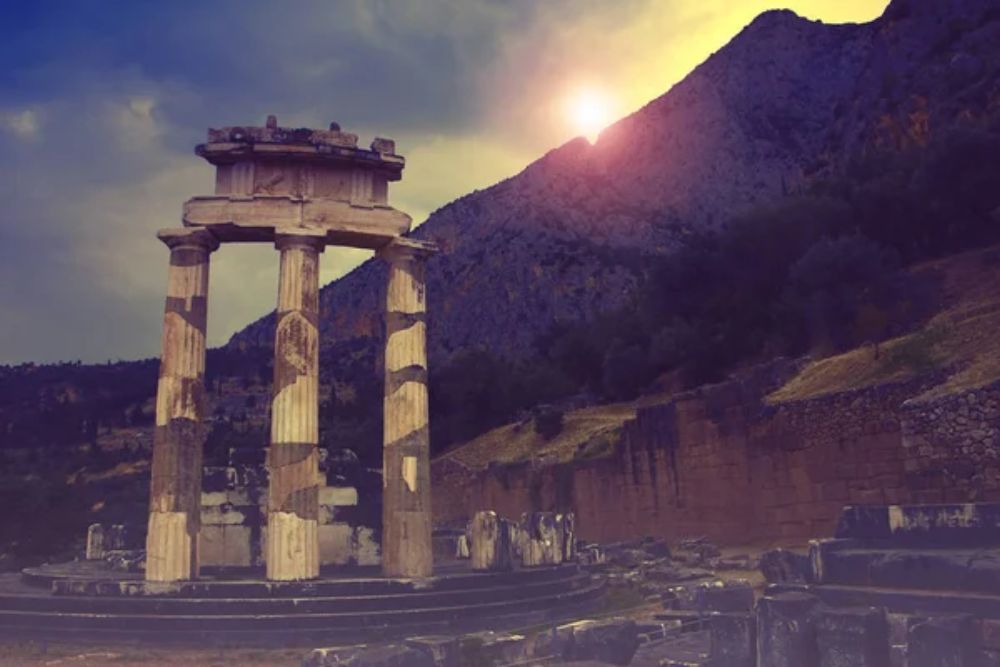
Santorini’s archaeological sites, though interesting, pale in comparison to Naxos’s extraordinary historical legacy spanning millennia. The unfinished Temple of Apollo (the Portara) has stood sentinel at the harbor entrance since 530 BCE, while inland archaeological sites reveal Mycenaean tombs, Roman villas, and Byzantine churches.
The Archaeological Museum houses Cycladic figurines dating back 5,000 years, connecting visitors to one of Europe’s earliest civilizations.
Like Travel Pug’s content? Follow us on MSN.
Vibrant Traditional Arts

Mass tourism has largely commercialized crafts in Santorini, while Naxos maintains living traditions of weaving, pottery, and woodcarving that have passed through generations. Workshops in villages like Halki and Apeiranthos welcome visitors to observe artisans creating pieces using methods unchanged for centuries.
The island’s distinctive embroidery style, featuring intricate geometric patterns, continues as a practiced art rather than a souvenir simulation.
Reasonable Accommodation Prices

Santorini’s international fame has driven accommodation prices to extraordinary heights, with even basic rooms commanding premium rates. Naxos offers the full spectrum, from luxury beachfront resorts to family-run pensions, at a fraction of Santorini’s costs across all categories.
Entire apartments near pristine beaches rent for less than tiny caldera-view rooms, allowing longer stays without budget strain.
Exceptional Local Cuisine

Both islands serve Greek classics, but Naxos’s agricultural foundation elevates its cuisine through superior local ingredients and preserved regional recipes. The island produces renowned cheeses, including arseniko and xinotyro, that rarely reach export markets.
Traditional dishes like kalogeros (rooster with cheese and wine) and various potato preparations showcase ingredients harvested just miles from your table, creating memorable dining experiences at reasonable prices.
Like Travel Pug’s content? Follow us on MSN.
Manageable Tourist Numbers

Santorini now receives over two million annual visitors, with summer bringing multiple cruise ships daily to the small island. Naxos, despite being the largest Cycladic island, sees a fraction of these numbers, allowing visitors space to explore without constant crowds.
Even during high season, it’s possible to find secluded beaches, walk empty mountain paths, and dine without reservations at excellent restaurants.
Authentic Local Festivals

Santorini’s traditional festivals have transformed mainly into tourist spectacles, while Naxos maintains a calendar of authentic celebrations tied to agricultural seasons, religious observances, and local traditions. Summer visitors might encounter a village panigiri (saint’s Day festival) with traditional music, dancing, and communal feasting, where tourists are welcomed but not catered to.
These events provide genuine cultural immersion that is impossible in more developed destinations.
Superior Wine Without the Markup
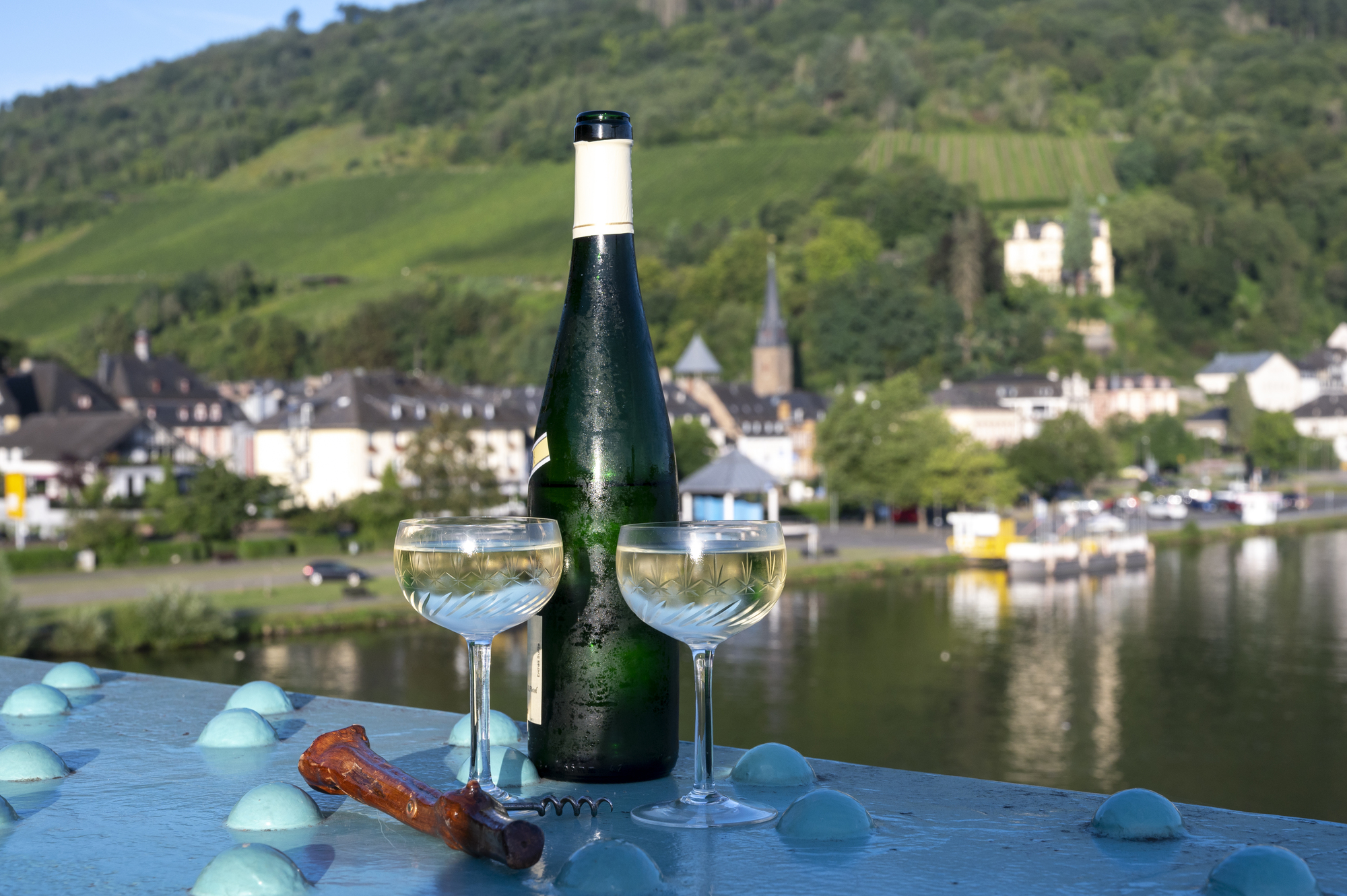
While Santorini’s unique volcanic wines deserve recognition, tasting experiences have become expensive and often overcrowded. Naxos produces excellent wines from indigenous grape varieties, including Fokiano and Monemvasia, which are available at vineyard tastings where owners personally pour and explain their production.
Local tavernas serve house wines made by family producers at prices that encourage liberal enjoyment rather than precious sipping.
Like Travel Pug’s content? Follow us on MSN.
Fascinating Marble Traditions
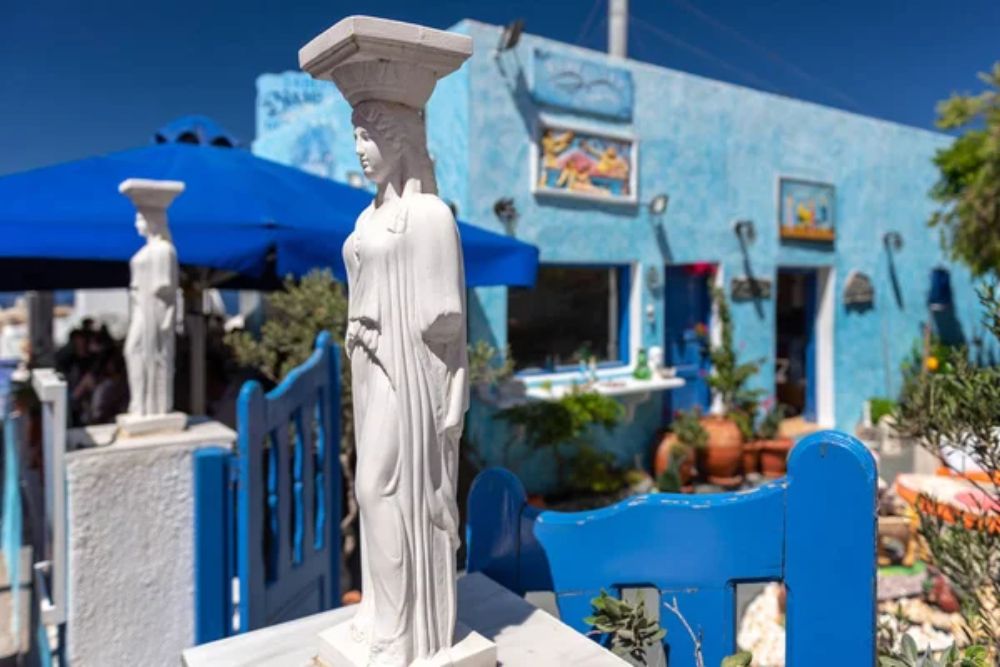
Santorini lacks the magnificent marble resources that made Naxos famous throughout ancient Greece. The island’s marble quarries supplied material for iconic sculptures and building projects across the ancient world and continue limited production today.
Abandoned ancient quarries in the mountains contain partially finished architectural elements left in place for millennia, creating open-air museums accessible through pleasant hikes.
Meaningful Cultural Encounters

Santorini’s service industry has adapted to efficiently process high visitor volumes, reducing interactions to transactional exchanges. Naxos’s less-industrialized tourism creates space for genuine connections with residents who maintain primary identities beyond visitor service.
Conversations with shopkeepers, farmers, and restaurateurs often evolve beyond commercial interactions into meaningful exchanges about island life, history, and culture.
Diverse Outdoor Activities

Santorini’s limited size and concentrated tourism restrict outdoor options beyond caldera-view walking paths. Naxos offers world-class windsurfing and kiteboarding at Mikri Vigla, extensive hiking networks connecting mountain villages, horseback riding along beaches, and excellent diving sites around small offshore islets.
The varied landscape supports activities impossible on smaller, more developed islands with fewer natural resources.
Like Travel Pug’s content? Follow us on MSN.
A Genuine Commercial Center

Santorini’s commercial areas increasingly resemble luxury outdoor malls with international brands and standardized boutiques. Naxos Town (Chora) maintains its function as a working island capital with shops serving local needs alongside visitor offerings.
The market area provides insight into everyday Cycladic life, with hardware stores, family bakeries, and specialized food shops operating primarily for residents rather than visitors.
Byzantine Chapel Heritage
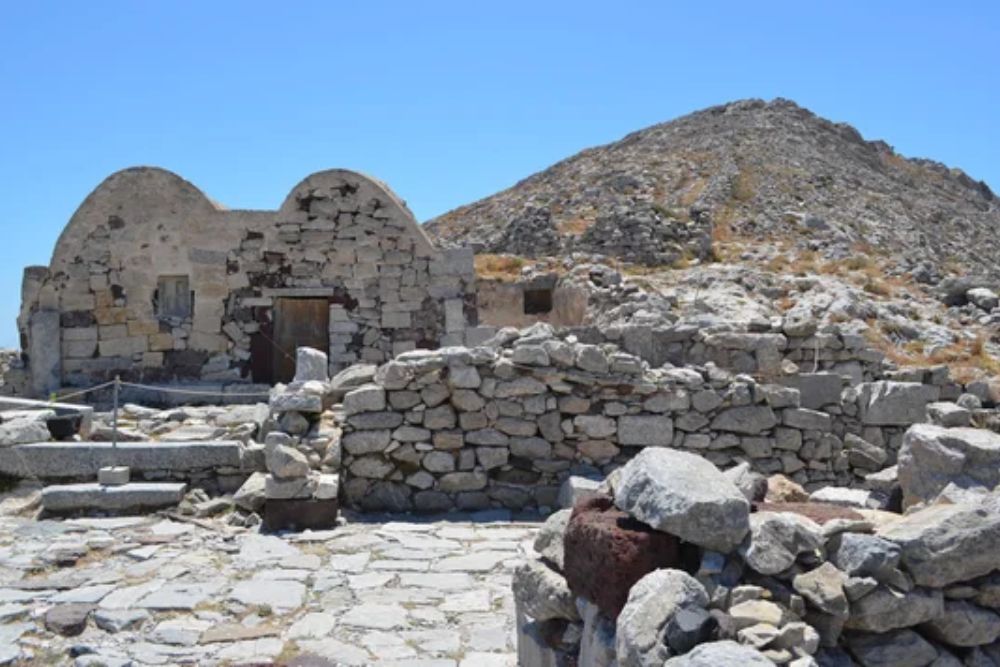
While Santorini has its share of blue-domed churches, Naxos houses an extraordinary collection of Byzantine chapels dating from the 6th to 15th centuries, many of which contain remarkable fresco programs rarely found elsewhere. Remote chapels dot the landscape, many containing original artwork providing windows into medieval religious expression.
The density and quality of these preserved sacred spaces make the island an open-air museum of Byzantine art.
Manageable Logistics and Transportation

Santorini’s popularity creates infrastructural challenges with traffic congestion, taxi shortages, and overcrowded public transportation. Naxos’s well-developed bus network reliably connects major villages and beaches, while reasonable taxi fares make private transportation accessible when needed.
The island’s more gradual development has allowed transportation infrastructure to expand appropriately rather than struggling to accommodate sudden tourism surges.
Like Travel Pug’s content? Follow us on MSN.
Opportunities for Solitude
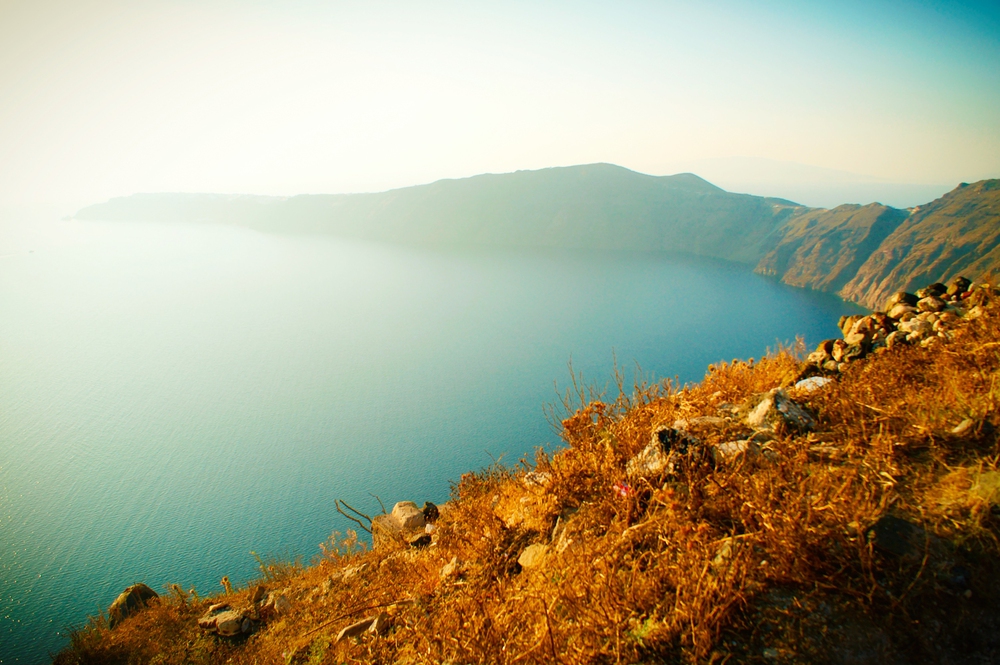
Finding moments of quiet contemplation in Santorini requires careful timing or premium pricing for private spaces. Naxos offers abundant opportunities for solitude across its varied landscape, from hidden coves between major beaches to hilltop viewpoints overlooking the Aegean.
Early morning walks through mountain villages or evening strolls along less-developed beaches provide peaceful experiences that have become nearly impossible on more famous islands.
Sustainable Tourism Practices
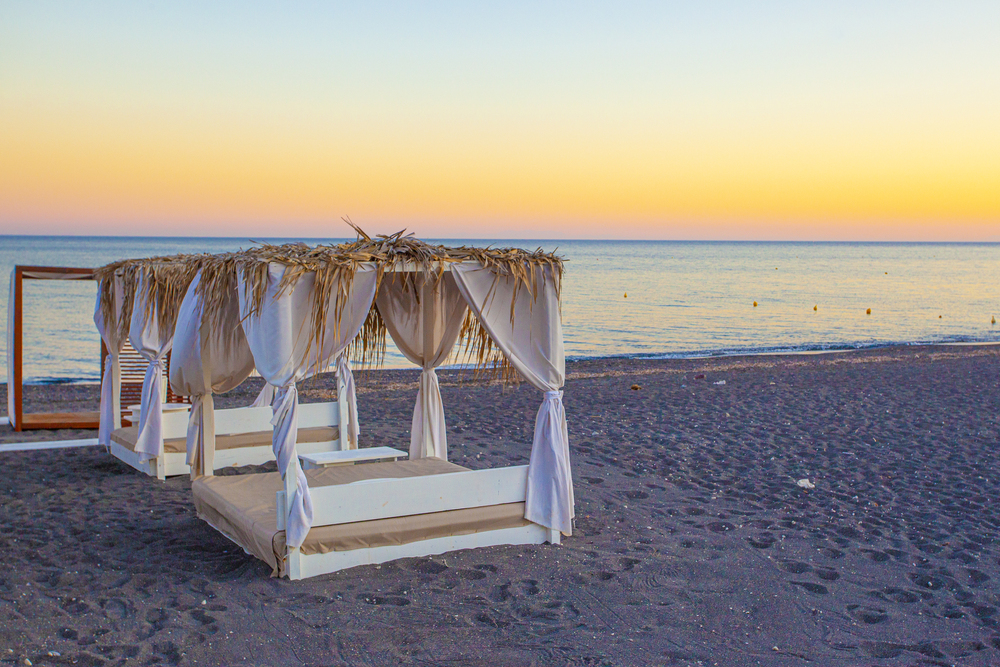
Santorini is increasingly struggling with the environmental impact of over-tourism, from water shortages to waste management challenges. Naxos’s more balanced economy and manageable visitor numbers allow for more sustainable tourism development with less strain on natural resources.
The island’s continuing agricultural identity helps maintain traditional relationships with the land rather than treating it solely as a scenic backdrop for visitors.
Authentic Cycladic Architecture
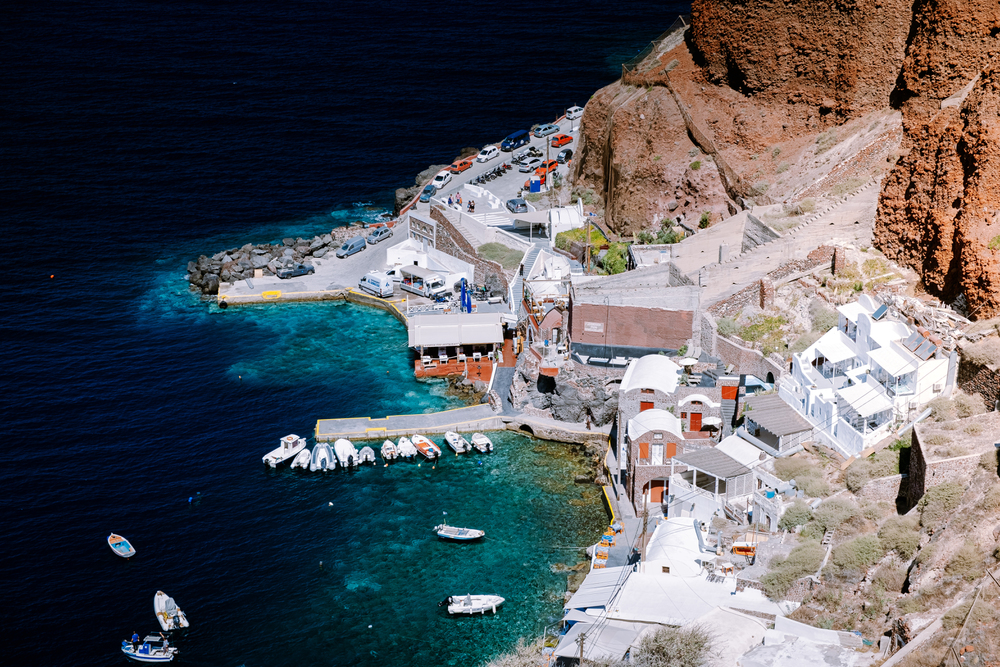
While Santorini’s architectural beauty remains stunning, many structures have been significantly modified for commercial purposes. Naxos preserves authentic Cycladic building traditions in Chora’s kastro (castle) district and mountain villages, where homes, churches, and public spaces maintain their original functions and forms.
The narrow marble-paved streets of upland villages, with their arched passageways and modest facades, present Cycladic design in its unaltered context.
Like Travel Pug’s content? Follow us on MSN.
Beyond the Instagram Frame

The most compelling reason to choose Naxos lies in the opportunity to experience a Greek island through all your senses rather than through a viewfinder.
While Santorini delivers its famous vistas, Naxos offers a complete island experience: the scent of thyme and oregano on mountain breezes, the taste of just-pressed olive oil, conversations in village kafeneia where English remains rare, and the rhythm of island life that follows ancient seasonal patterns rather than cruise ship schedules.
Naxos doesn’t exist primarily as a photographic backdrop but as a living community generous enough to welcome visitors into its authentic island story.
More from Travel Pug

- Cities Growing so Fast You Won’t Recognize Them in 10 Years
- 13 Destinations Where Tourists Regularly Regret Their Trip
- 20 Obscure WWII Sites Even History Buffs Don’t Know About
- 10 Under-the-Radar Mountain Towns That Are Both Affordable and Beautiful
- 20 Abandoned Places That Feel Like Real-Life Post-Apocalyptic Movie Sets
Like Travel Pug’s content? Follow us on MSN.
